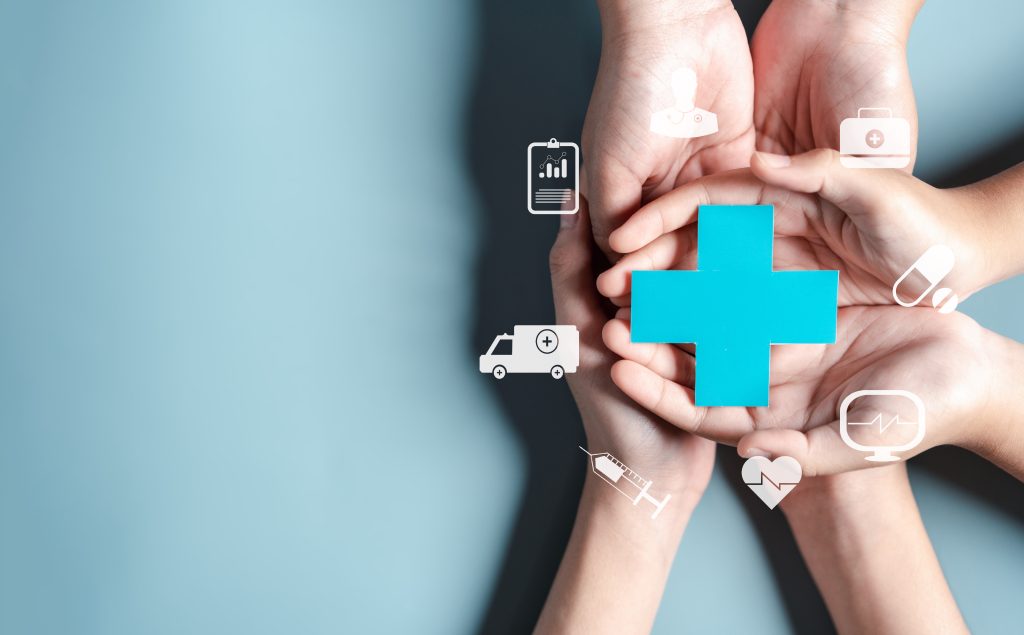Infection control has always been a cornerstone of healthcare cleaning, but in 2024, it’s more critical than ever. With the ongoing threat of emerging infectious diseases, drug-resistant bacteria, and a renewed global focus on public health, healthcare facilities must elevate their cleaning practices to safeguard patients, staff, and visitors. The expectations for hospital hygiene have shifted significantly, demanding innovative approaches and rigorous standards to keep healthcare environments safe.
This article delves into the evolving landscape of healthcare cleaning, focusing on the latest trends and hot topics that are shaping infection control in healthcare settings.
Antimicrobial Cleaning Agents and Surface Coatings
Traditional cleaning agents, while effective, are being supplemented by antimicrobial cleaning solutions that not only disinfect but also prevent the growth of pathogens over time. These advanced cleaning products are designed to be longer-lasting, reducing the need for frequent cleaning in high-touch areas such as doorknobs, handrails, and patient beds.
Moreover, healthcare facilities are increasingly turning to antimicrobial surface coatings that create a self-sanitising barrier on surfaces. These coatings can last for days or even weeks, providing continuous protection against harmful microbes and minimising the risk of cross-contamination between cleaning cycles.
By integrating these new technologies, healthcare cleaning teams are able to offer enhanced infection control and reduce the transmission of bacteria and viruses in critical areas such as operating rooms, emergency departments, and waiting areas.
UV Light and Electrostatic Disinfection
One of the most significant advancements in healthcare cleaning is the adoption of UV-C light and electrostatic disinfection technology. UV-C light is now commonly used to sterilize patient rooms and operating theatres, eliminating up to 99.9% of bacteria, viruses, and other pathogens from surfaces and air.
Electrostatic sprayers, which distribute disinfectants more evenly and effectively, are another cutting-edge tool in the fight against hospital-acquired infections (HAIs). These sprayers charge disinfectant particles as they leave the nozzle, allowing the particles to wrap around and adhere to surfaces that are difficult to reach with traditional cleaning methods.
The rise of UV-C and electrostatic cleaning technology means healthcare facilities can disinfect rooms more efficiently and thoroughly, reducing the potential for infection outbreaks and improving patient outcomes.
Cleaning Automation and Robotics
The pressure to maintain high cleanliness standards while minimising human error has accelerated the use of automation and robotics in healthcare cleaning. Autonomous cleaning robots are now being employed in hospitals to supplement traditional cleaning staff, especially in high-traffic areas like lobbies, hallways, and cafeterias.
These robots are equipped with advanced sensors and navigation systems, allowing them to move around patients, staff, and furniture with ease while disinfecting floors and surfaces. Some are also integrated with UV-C light technology for additional sterilisation power.
The rise of cleaning robots not only boosts efficiency but also helps reduce the exposure of cleaning staff to potentially contaminated environments. As the demand for better infection control grows, we can expect more healthcare facilities to adopt these automated solutions.
Focus on Environmental Sustainability
In addition to infection control, healthcare facilities are increasingly focusing on environmentally sustainable cleaning practices. Traditional cleaning methods often rely on harsh chemicals that can contribute to air pollution and negatively impact both human health and the environment.
In response, hospitals and clinics are adopting green cleaning practices that use eco-friendly cleaning agents, energy-efficient equipment, and sustainable processes to reduce their environmental footprint. Biodegradable products, plant-based disinfectants, and water-saving technologies are becoming more prevalent in healthcare cleaning programs, aligning with the growing global push toward sustainability.
By prioritising green cleaning, healthcare providers can improve indoor air quality, protect their staff and patients from harmful chemicals, and reduce their impact on the environment, all while maintaining infection control standards.
Enhanced Training and Certification for Cleaning Staff
As healthcare cleaning becomes more complex, the role of cleaning staff has evolved to include greater responsibility for infection control. This shift has led to a stronger emphasis on training and certification for cleaning professionals, ensuring they are well-equipped to handle the latest technologies, products, and procedures.
In 2024, healthcare cleaning staff are receiving specialised training in the proper use of disinfectants, UV-C and electrostatic technology, and the management of high-risk areas like isolation rooms.
This focus on training not only improves the effectiveness of cleaning protocols but also elevates the status of cleaning professionals, recognising their critical role in keeping healthcare environments safe.
Increased Frequency of Cleaning in High-Touch Areas
With the heightened awareness of infection control post-pandemic, healthcare facilities are doubling down on cleaning frequency, particularly in high-touch areas. Surfaces like elevator buttons, handrails, light switches, and shared medical equipment are cleaned multiple times a day to reduce the risk of contamination.
This increased focus on frequent cleaning has led to the implementation of “micro-cleaning” strategies, where cleaning professionals target specific touchpoints throughout the day rather than relying solely on traditional, end-of-shift cleaning routines. By adopting a more proactive cleaning approach, healthcare facilities can more effectively prevent the spread of infections, ensuring a safer environment for everyone.
Staying Ahead in Healthcare Cleaning
In 2024, the focus on infection control in healthcare cleaning is more prominent than ever. From antimicrobial cleaning agents to robotics and green cleaning practices, the healthcare sector is adopting innovative solutions to ensure that facilities remain safe, hygienic, and compliant with the highest standards.
At MA Services Group, we understand the unique demands of healthcare environments and are committed to staying at the forefront of these cleaning innovations. With our trained staff, cutting-edge technologies, and sustainable cleaning practices, we help healthcare providers meet the growing challenges of infection control, ensuring the safety of patients, staff, and visitors alike.
By implementing these advanced cleaning strategies, healthcare institutions can continue to deliver high-quality care while maintaining a secure, sanitary, and welcoming environment.


